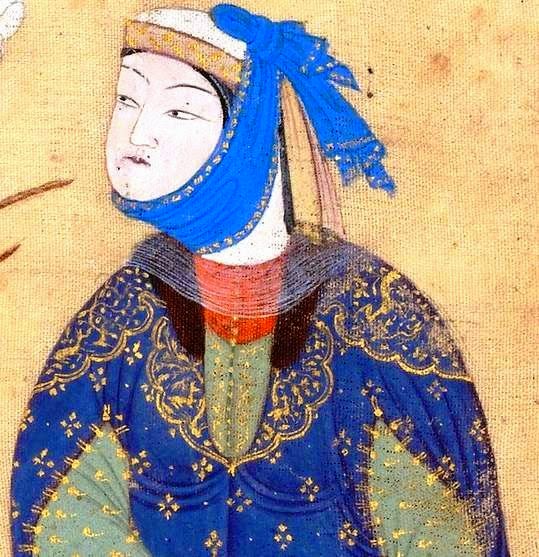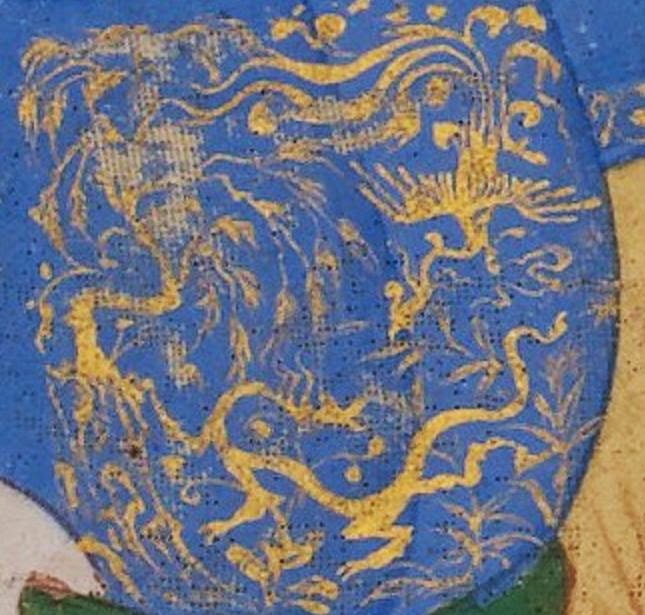I like Shiraz painting of the 16th
century. I guess that makes me a Barbarian. It is like admitting that I would
rather have a Diet Coke with dinner then a glass of great wine. But I don’t care and I
decided to share my little attribution guidelines that let me attribute these
types of paintings at a glance.
I used to discuss this stuff with
Cary Welch who knew a bit about these. We disagreed on much he had endless love
for uninteresting Indian art but Shiraz painting seemed to be lost on him. But
he is dead and it has been years since I spoke with anyone who gave a damn
either way. Cary was a teacher at Harvard and as he liked to remind me in
Islamic art we were both Autodidacts.
Drop Down Flowers
In the lower right we see an arm holding a bow and above to the left of the bow we see a rock with flowers. This is one of my key ID points for Shiraz painting. From other cities in 16th century Persia flowers only go up from a rock. Only in Shiraz the flowers can grow up and down from the rock. so when I see drop down flowers I know it is Shiraz.The Crowd Behind The Hill
One of the other things that stands out when I look at a Shiraz Paintingg is The Crowd Behind The Hill. It is a convention in Shiraz art to hide men and horses behind a hill to save on brushstrokes. We see this in Turkmen painting as well. Tthe key is that we do not see it commonly in the paintings of other major Persian cities of the 16th century.
The Shiraz Line
I think of this tile design delineated in
white as the as the Shiraz Line. It is unusual to see it this way. Normally we
see it as the border around a tile floor in Shiraz painting. It is common in
Shiraz painting and rare in paintings from anywhere else so it is a big attribution clue for
me.
























